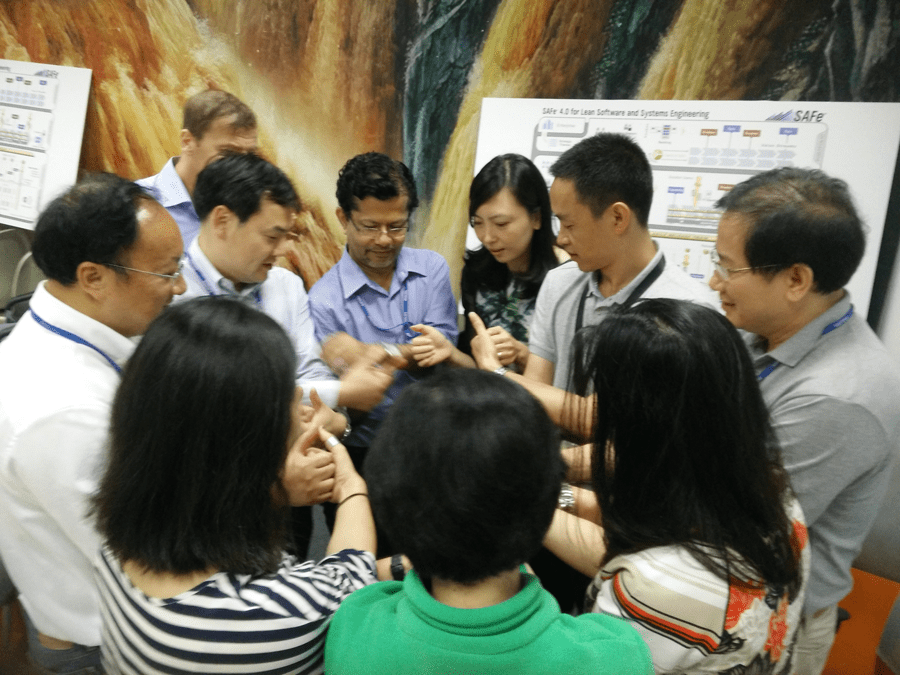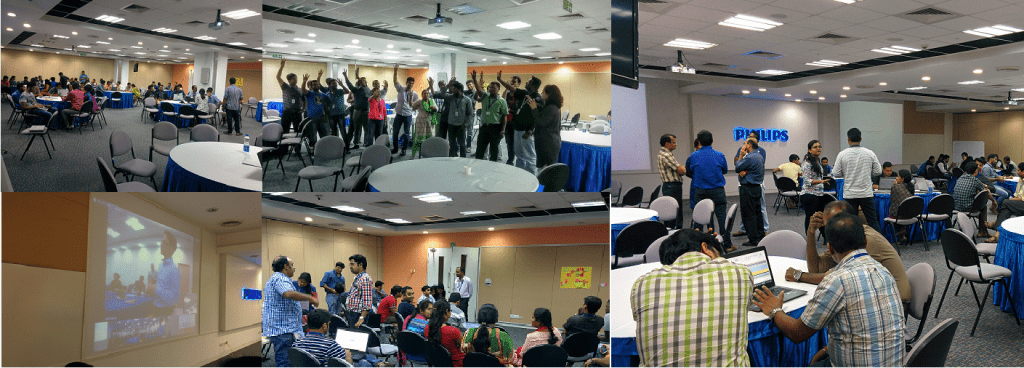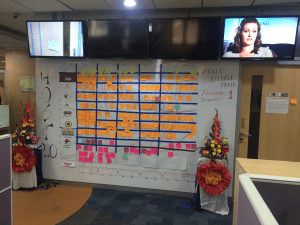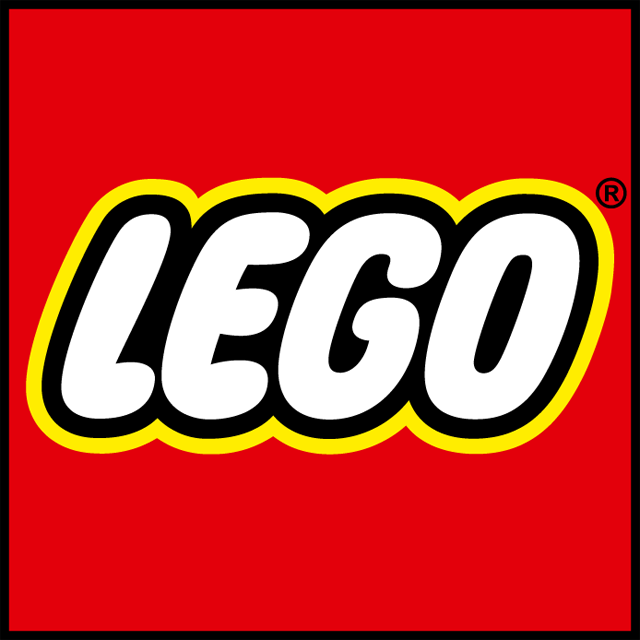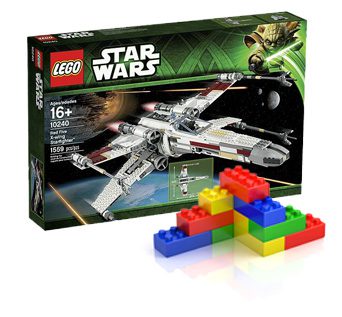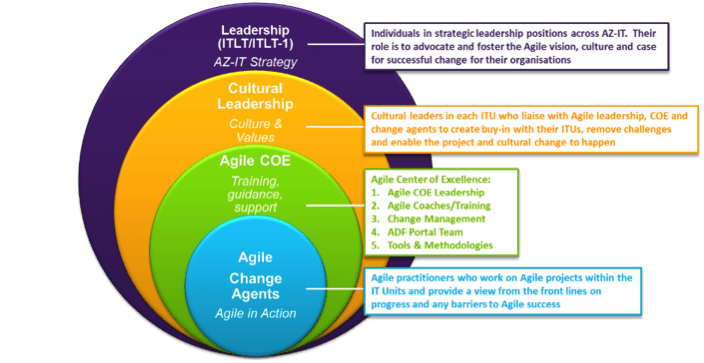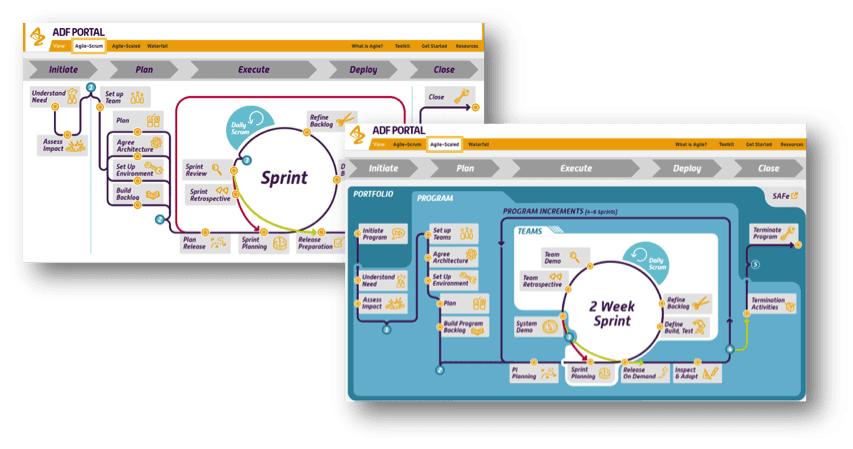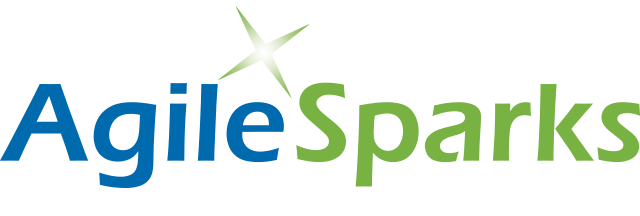
“The great thing about SAFe is that we have a structure in place to deliver better quality more rapidly. We can easily share with our customers and OEMs how Lean-Agile is a part of what we do.”
—Celie Navatel, VP Quality and Customer Satisfaction at Thales InFlyt Experience
Challenge:
Reduce cycle time, control costs, and improve quality in a highly regulated environment.
Industry:
Information Technology, Aviation
Solution:
SAFe®
Results:
- The company is two times faster in introducing releases.
- The ability to spot bugs sooner raises quality and enables more frequent releases.
- Employees report higher engagement and satisfaction.
Best Practices:
- Invest in training – From gaining support for SAFe to the first PI and ongoing, Thales InFlyt Experience has invested heavily in training people at all levels—contributing to buy-in and a smooth transition
- Engage change agents – Thales trained seven change agents to influence the rest of the organization
Introduction
With 64,000 employees and over 25,000 engineers and researchers in 56 countries, Thales has a global presence no other provider can match. For inflight entertainment solutions and digital services, the leading airlines in the world have come to rely on the company’s Thales InFlyt Experience division to enhance the travel journey and create engaging and personalized experiences for their passengers.
From the comfort of your airline seat, the Thales Inflight Entertainment System allows you to watch shows, play games, browse the dining menu, or find your current location on a global map. You can also connect to in-flight Wi-Fi on your own device. The Thales system is guaranteed to work at highest quality, all the time.
Such in-flight entertainment and connectivity has become an essential and expected benefit on commercial airlines. Every year, more than 300,000,000 passengers across 75 partner airlines rely on Thales InFlyt Experience solutions.
At Thales, success depends on innovation, competitiveness, and teamwork to meet and exceed customer expectations. The company designs and develops highly complex integrated hardware and software solutions, within a regulated environment across all regions where Thales customers operate, which adds to the challenge of frequent deliveries.

In the past, individual teams at Thales began experimenting with Lean-Agile approaches. However, their efforts remained limited to software teams, and they continued to release in large batches. Something had to change.
“We needed a framework to meet our goals of providing exceptional customer satisfaction with reduced cycle time, lower costs, and better quality,” says Ted Tomoyasu, Director of SAFe Transformation at Thales InFlyt Experience.
SAFe: A Clear Vision for Implementing Agile
Leo Alonso, Thales VP of Engineering, had used the Scaled Agile Framework® (SAFe®) successfully at a former company. To explore the option for Thales, the company sent seven people to Implementing SAFe® training with Portofino Solutions, a Scaled Agile Gold Partner. All received certification as SAFe Program Consultants (SPCs). With that knowledge, the group returned ready to explain the approach to executives and gain buy-in.
“Sending a cross-functional team to SAFe training was one of the big success factors and a major step in gaining executive sponsorship,” Alonso says. “They returned with a clear vision for how to implement SAFe, which supported the decision of our senior executives to move forward.”
That core of seven team members became what Thales calls the Lean-Agile Transformation Team (LATTe), which was designed to provide the vision, guidance, and support to take the organization forward with SAFe.
From there, the company identified one large value stream to begin with and moved forward with training. This initial training brought together architects, project managers, and functional managers related to the value stream along with people from additional shared services such as HR, Finance, and leadership.
“Thales took training very seriously,” says Armond Mehrabian, President of Portofino Solutions. “When we talk to other companies about SAFe, they ask if they can just send one person. But if you want to be successful, you need a critical mass of trained people to bring about change.”
In August 2015, Thales conducted a Quickstart SAFe implementation that involved two days of training in SAFe for Teams, two days of Program Increment (PI) planning, and two days of SAFe Scrum Master training. In total, about 150 people joined the first PI.
PI Planning events allowed for the diverse working groups to come together quickly and collaborate face-to-face in real time. “We were able to see how all the layers of technology fit together to deliver this complex system,” says Robert Magnusson, Continuous Improvement Project Manager at Thales.
The adoption of business agility across the enterprise using SAFe faced some resistance from those in traditional project manager roles. Thales kept them as the primary interface to customers and gained their buy-in by showing that they could respond more rapidly to customer requests.
SAFe in a Regulated Environment
Thales must comply with diverse regulations in all the regions and countries where its customers operate, as well as with the requirements from aircraft manufacturers. In addition to these requirements, there are customizable features that are unique to each airline. Thales designs its systems by focusing first on fixed solution intent (aircraft manufacturer requirements) and tackles variable factors (airline requirements) later.
Through the SAFe agility transformation, Thales InFlyt Experience has successfully reduced software release cycle time by more than 30 percent, lowered cost per size point by 25 percent, improved quality with a 20 percent reduction in solution rework, and enhanced collaboration and transparency.
“The great thing about SAFe is that we have a structure in place to deliver better quality more rapidly,” says Celie Navatel, VP Quality and Customer Satisfaction at Thales InFlyt Experience. “We can easily share with our customers and OEMs how Lean-Agile is a part of what we do.”

Delivering More Often, with Higher Quality
Today, Thales InFlyt Experience has been using SAFe for two years, and now runs several Agile Release Trains (ARTs) and one value stream. The company has trained over 800 people and deployed across all departments and functions.
Through the SAFe agility transformation, Thales InFlyt Experience has successfully reduced software release cycle time by more than 30 percent, lowered cost per size point by 25 percent, improved quality with a 20 percent reduction in solution rework, and enhanced collaboration and transparency.
DevOps also proved critical for Thales, since it cannot test its systems on actual flights. Instead, the company relies on state-of-the-art tools to simulate how in-flight systems will perform. In line with SAFe, the company matched development and production environments, which is vital for successful deliveries.
Transformation leaders credit SAFe with helping to strengthen Lean-Agile practices throughout the organization.
“Thales’ framework changed from waterfall to streams of agility,” says Ted Tomoyasu, Director of Program Management. “SAFe has been instrumental in bringing agility across the enterprise”.










